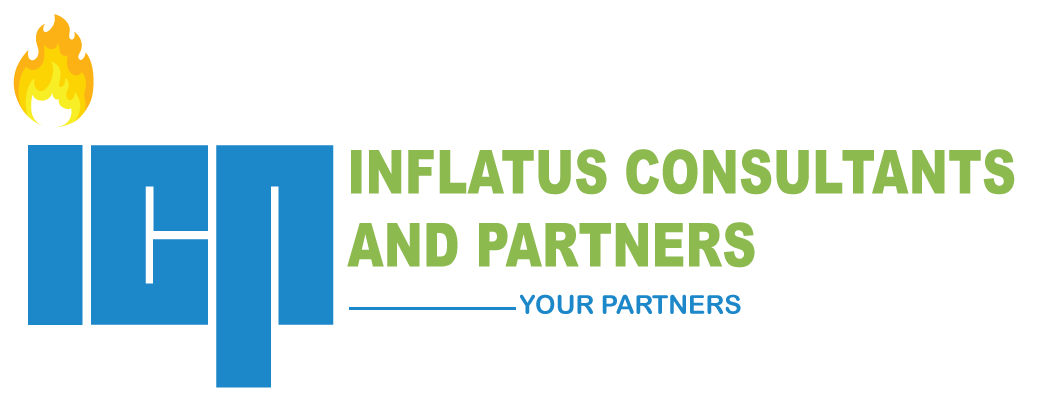STAKEHOLDER BEHAVIOR LESSONS FROM THE UNITED NATIONS
Discerning observers of events in both the United Nations General Assembly and the Security Council would realise that they can learn a lot about stakeholder behaviours and how to manage them.
For instance, many have watched with dismay how it has been very difficult for the two bodies to achieve unanimity of opinions on very simple and straightforward issues. This has become even more confounding as they stumble and wobble from one conflict zone to another, without a clear pattern of response.
It doesn’t matter if the case concerns Libya, Iraq, Egypt, Iran, Syria, Palestinian-Israeli conflicts, North Korea, etc, they have been consistently inconsistent.
One has been compelled to ask why it hasn’t been possible for them to put their acts together, so that those who are forced to bring their cases there would know what to expect.
As you may have already noticed, vested interest is the greatest challenge that the UN faces, which has hindered its ability to be firm and even-handed in dealing with issues. It appears that so long as some members, especially those with veto power at the Security Council, believe that their interest may be jeopardized, they will actively undermine the ability of the organisation to perform. The case of Ghouta in Syria readily comes to mind here.
A second factor, although directly related to the first, is different levels of risk exposure. We have seen that when it comes to Iran and North Korea, America and Israel have been very vocal, forward and uncompromising, because of their particularly high risk exposure.
Third is the apparent powerlessness of the UN to call errant permanent members of the Security Council to order, either in the matter of Iraq or that of Syria.
How do all these apply to project stakeholder management? A lot. But I will discuss only two. You may be able to identify more.
The first issue is how vested interests of stakeholders may undermine project success. For example, if a key stakeholder in an organisation transformation project is more vested in maintaining the status quo, then that project is doomed unless the team finds a way to manage the negative influence of that stakeholder. That may include demonstrated assurance that they will not be worse off in the state of affairs, post-transformation. The keys to dealing with this include active engagement and support of the project sponsor.
The second issue is that differences in risk exposure in the event of project success or failure is likely to affect stakeholders’ attitude and involvement in the project. Stakeholders who face greater risks are more likely to insist on controlling the decision-making process or having greater say or involvement in managing the project. The team may consider this meddlesome. But they need to understand the stakeholder’s concerns. Without demonstrable assurance that their concerns are catered for in the project management plan, it may be very difficult to secure the cooperation of such stakeholders.
Understanding the reasons behind stakeholder behavior is critical to effective engagement. Some project teams assume that a stakeholder management plan alone would take care of issues. But the issues raised here can offer insight into why a stakeholder may not keep to the commitments made in the stakeholder management plan or the interface management plan. Josiah Gilbert Holland, the American novelist and poet, said that the secret of many a man’s success in the world resides in his insight into understanding the moods of men and his tact in dealing with them. This applies to project teams even more.
It is, therefore, very important that project teams recognize these issues and include them in their stakeholders’ analysis. Thereafter, they need to implement measures to align stakeholder expectations, balance their interests against one another, and develop appropriate measures for management.
Otherwise, your project may become like the United Nations and its agencies; everyone recognizes they need to be fixed, but nobody appears to have the wherewithal to implement.
Have these issues played out in your project? Let us hear how they were managed.


